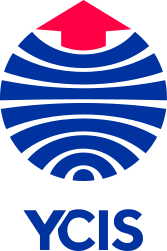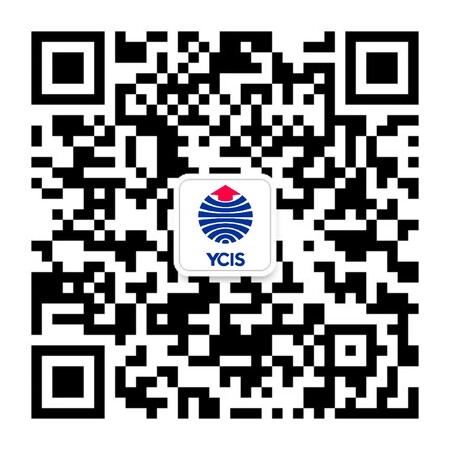Go Back
News
News
Making Museums Meaningful (And Fun!)
News
04 Jan, 2018
10 : 00
Taking a day away from campus and going out into the city with classmates and friends is always exciting for students. For teachers, however, there are higher objectives in mind; foremost, field trips are a means by which to extend the classroom and further impact student learning.
At Yew Chung International School of Beijing, part of the unique Learning Community model involves frequent collaboration between teachers. In light of this collaborative spirit, James Honey, Year 4Co-Teacher at YCIS Beijing, shares ideas for other teachers and parents to make their next museum visit both meaningful and fun.
Pre-Visit Projects
Before any trip, it’s important to think first about why the trip is necessary. How does it relate to the current topic in class, and how will the trip enhance that topic? The trip must introduce something additional to the classroom learning, rather than being simply “a day away from school”.
The next step is to take a pre-visit. Especially with larger groups, it’s important to go and get an idea of the logistics. Even small things like where to have lunch, or considering the potential for rain and how that would affect the day’s activities, are important to consider so that students’ learning is not interrupted during the trip.
Meanwhile, in the days before the visit, students can undertake projects related to what they’ll see at the museum. This could be doing arts and crafts projects for younger students, or watching films and writing research essays in older year levels. This will familiarise students with the material beforehand. That way, during the visit, students will be reacting to the material they’re already familiar with – and comparing it to their expectations – rather than seeing it fresh for the first time.
Teaching with Tech
During the museum visit, integrating technology is always a fan favourite amongst students. At some modern museums, there will be touch screens and other interactive displays (which teachers could scout out during the pre-visit), but even for museums without built-in technologies, teachers could prepare activities utilizing iPads or the children’s own smart phones.
A scavenger hunt is one such example. Make a list of clues that lead to items throughout the museum, and the students can only check them off once they’ve solved the clues, found the item, and taken a video in front of it while explaining the significance of the work or artefact.
The Oscar Goes To…
In the days after the trip, it’s important to reflect again on what was learnt. This could be through follow-up lessons or projects, but again, students will be most engaged if the lesson is fun and exciting.
A follow-up to the museum scavenger hunt could be that students edit their series of videos together, adding an introduction and summary of why the visit was important. To make it even more engaging, add a competitive element, offering “Oscars” to the students who create the best films.
Ultimately, museums are an exceptional learning resource that is at the disposal of teachers and parents. But in making the museum fun and impactful for students, it might just become a place that students seek out themselves.











